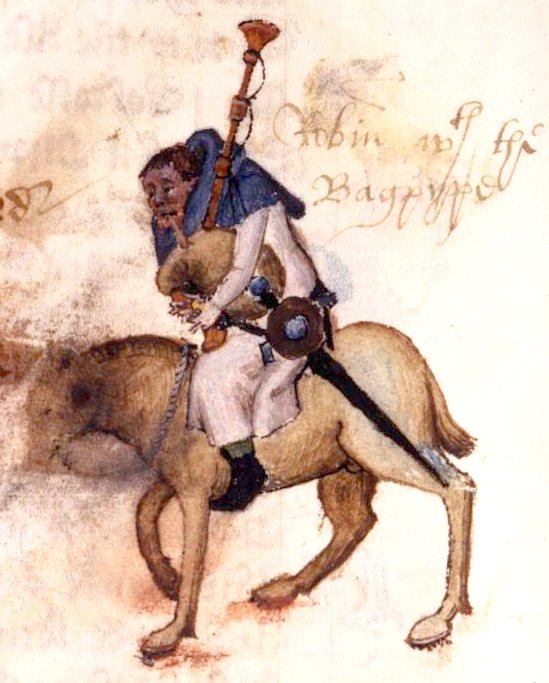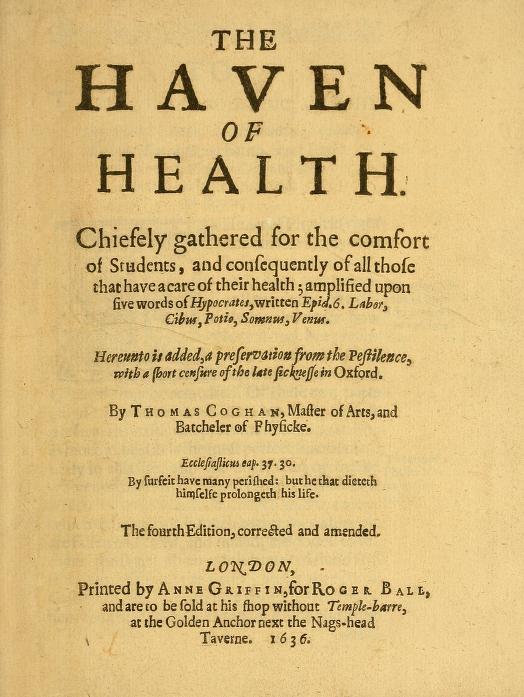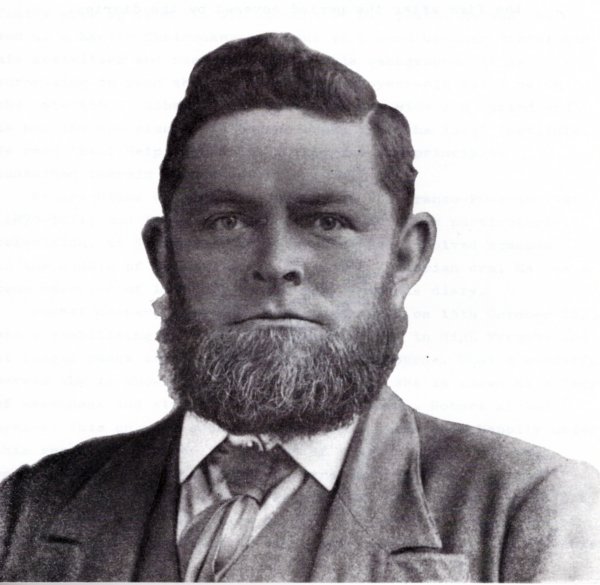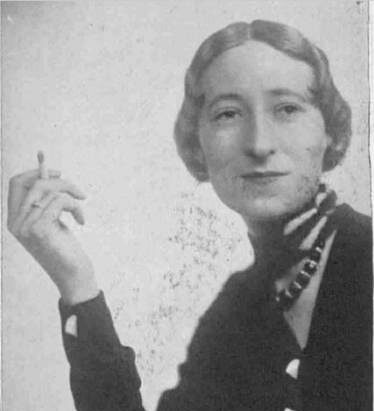No online shop
Please note that our online shop is temporarily unavailable while we perform some upgrades.

Millers in medieval times were often stereotyped as rogues and thieves. Two vivid descriptions of contemporary medieval millers appear in...

Thomas Cogan (Coghan) observed in his book The Haven of Health (published in 1584) that: Browne bread made of the...

or Mr Hovis and the triumph of advertising brown bread Hovis is a distinctive brand of brown bread. However, it...

Diaries of a Country Miller at Pangbourne, Berkshire Robert Stone was baptised on 28 February 1852 in High Wycombe, the...

To celebrate International Women’s Day, today the 8th March, our Information Manager, Elizabeth, has been looking at the role of...

Last week, Tom, one of our dedicated volunteers, found amongst the press cuttings, a piece of card upon which were...

On the hottest day of the year ever recorded in the UK, we are doing our best to keep cool...

The Mills Archive are thrilled to announce that we have been nominated for the Queen’s Award for Voluntary Service. To...

“Dear Auntie, I escaped from Germany a few days ago and on crossing the frontier was told the very welcome...

I well remember World Book Day from when my children were at primary school. Choosing a book to read and...
Catgerories